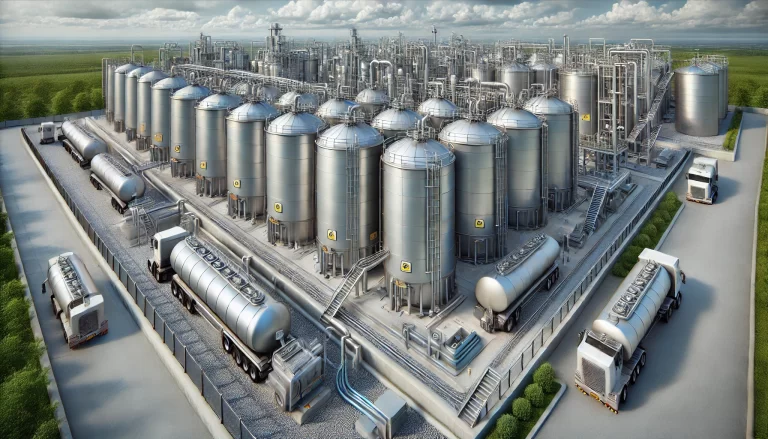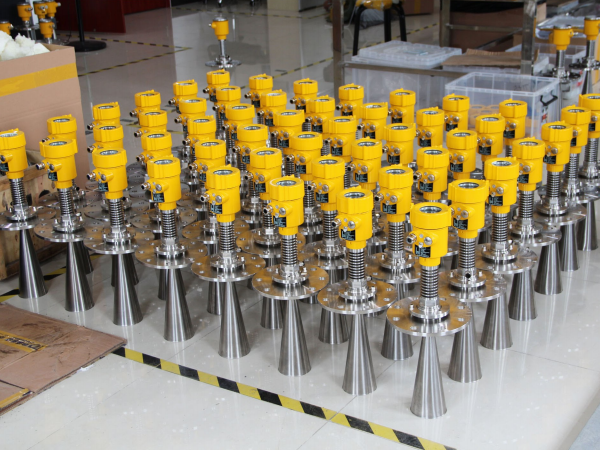Accurately measuring the liquid level during the storage and transportation of diesel is essential to ensure the stability and safety of energy supply. This article will explore the application of radar level meters in diesel liquid level measurement and its analysis.

The working principle of the radar level meter is based on the propagation and reflection characteristics of microwave signals. The device emits a microwave signal at a specific frequency toward the surface of the measured medium and receives the signal reflected back from the surface.
Since the speed of microwaves in the air is constant, the time difference between the emission and reception of the signal can be calculated to determine the distance the microwave traveled. This, in turn, allows for the determination of the liquid level height of the medium.

In the process of measuring diesel liquid levels, radar level meters have demonstrated significant advantages. Firstly, compared to some other types of level meters, radar level meters do not come into direct contact with the measured medium, thereby avoiding the impact of factors such as viscosity, temperature, and corrosiveness on measurement accuracy.
Additionally, radar level meters have a wide measurement range, capable of adapting to liquid level changes from a few meters to several tens of meters, and they are relatively easy to install and maintain, greatly improving operational efficiency.
However, radar level meters also face some challenges when measuring diesel. For instance, the volatility of diesel and variations in its dielectric constant can affect the reflection of microwave signals, leading to measurement errors. Furthermore, environmental factors such as changes in temperature, humidity, and atmospheric pressure can also interfere with the measurement results.
To overcome these challenges, modern radar level meters employ various advanced technologies. For example, the use of high-frequency microwaves can reduce the impact of dielectric constant changes on measurements; multi-echo identification technology can effectively distinguish between the true liquid surface echo and other interfering signals, thereby improving measurement accuracy.
Additionally, by optimizing software algorithms, environmental factors can be compensated for, further enhancing the stability of the measurements.

In practical applications, selecting the appropriate radar level meter model is crucial to ensuring measurement accuracy. Depending on the size and shape of the diesel storage tank, as well as specific application requirements, different frequencies and antenna types of radar level meters can be chosen.
Generally, for large tanks or situations requiring long-distance measurement, a low-frequency radar level meter is more suitable; for smaller tanks or applications demanding high-precision measurement, a high-frequency radar level meter is recommended.
Radar level meters have demonstrated exceptional performance in diesel level measurement, not only improving measurement accuracy and efficiency but also reducing maintenance costs, thereby providing a reliable solution for the energy industry.
